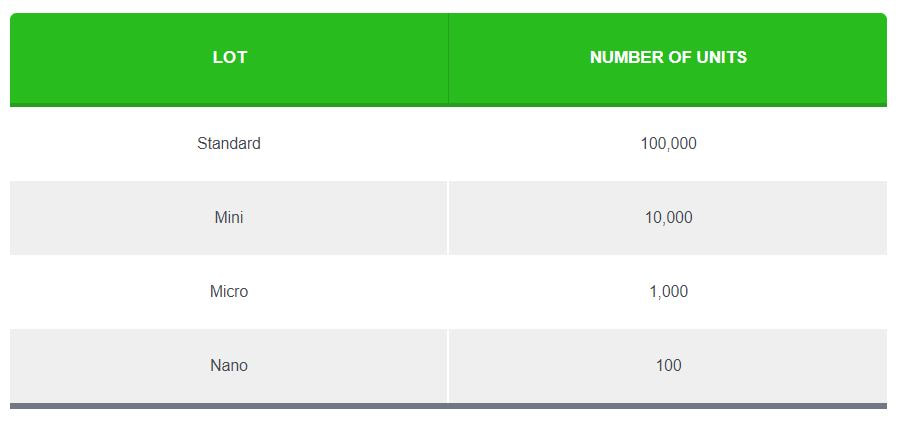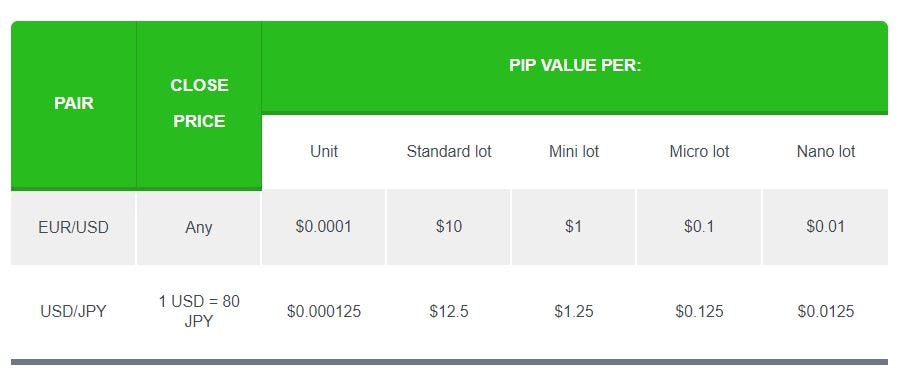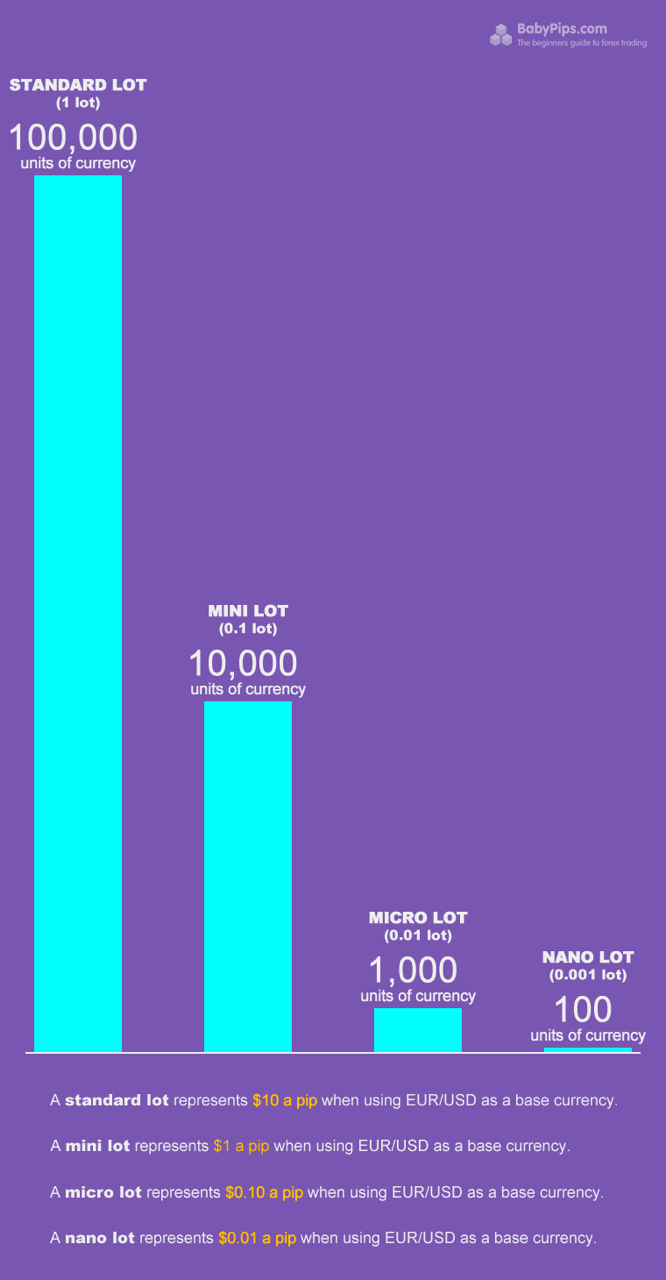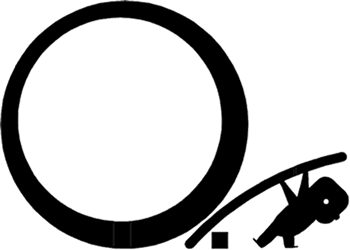|
Forex is commonly traded in specific amounts called lots, or basically the number of currency units you will buy or sell. The standard size for a lot is 100,000 units of currency, and now, there are also mini, micro, and nano lot sizes that are 10,000, 1,000, and 100 units. Some brokers show quantity in “lots”, while other brokers show the actual currency units. As you may already know, the change in a currency value relative to another is measured in “pips,” which is a very, very small percentage of a unit of currency’s value. To take advantage of this minute change in value, you need to trade large amounts of a particular currency in order to see any significant profit or loss. Let’s assume we will be using a 100,000 unit (standard) lot size. We will now recalculate some examples to see how it affects the pip value.
Here are examples of pip values for EUR/USD and USD/JPY, depending on lot size. Your broker may have a different convention for calculating pip values relative to lot size but whatever way they do it, they’ll be able to tell you what the pip value is for the currency you are trading at that particular time. In other words, they do all the math calculations for you! As the market moves, so will the pip value depending on what currency you are currently trading. What the heck is leverage?You are probably wondering how a small investor like yourself can trade such large amounts of money. Think of your broker as a bank who basically fronts you $100,000 to buy currencies. All the bank asks from you is that you give it $1,000 as a good faith deposit, which it will hold for you but not necessarily keep. Sounds too good to be true? This is how forex trading using leverage works. The amount of leverage you use will depend on your broker and what you feel comfortable with. Typically the broker will require a deposit, also known as “margin“. Once you have deposited your money, you will then be able to trade. The broker will also specify how much margin is required per position (lot) traded. For example, if the allowed leverage is 100:1 (or 1% of position required), and you wanted to trade a position worth $100,000, but you only have $5,000 in your account. No problem as your broker would set aside $1,000 as a deposit and let you “borrow” the rest. Of course, any losses or gains will be deducted or added to the remaining cash balance in your account. The minimum security (margin) for each lot will vary from broker to broker. In the example above, the broker required a 1% margin. This means that for every $100,000 traded, the broker wants $1,000 as a deposit on the position. Let’s say you want to buy 1 standard lot (100,000) of USD/JPY. If your account is allowed 100:1 leverage, you will have to put up $1,000 as margin. The $1,000 is NOT a fee, it’s a deposit. You get it back when you close your trade. The reason the broker requires the deposit is that while the trade is open, there’s the risk that you could lose money on the position! Assuming that this USD/JPY trade is the only position you have open in your account, you would have to maintain your account’s equity (absolute value of your trading account) of at least $1,000 at all times in order to be allowed to keep the trade open. If USD/JPY plummets and your trading losses cause your account equity to fall below $1,000, the broker’s system would automatically close out your trade to prevent further losses. This is a safety mechanism to prevent your account balance from going negative. Understanding how margin trading works is so important that we have dedicated a whole section to it later in the School. It is a must-read if you don’t want to blow up your account! Moving on for now… How the heck do I calculate profit and loss?So now that you know how to calculate pip value and leverage, let’s look at how you calculate your profit or loss. Let’s buy U.S. dollars and sell Swiss francs.
Bid/Ask SpreadRemember, when you enter or exit a trade, you are subject to the spread in the bid/ask quote.
When you buy a currency, you will use the offer or ASK price. When you sell, you will use the BID price. Next up, we’ll give you a roundup of the freshest forex lingos you’ve learned!
0 Comments
Leave a Reply. |
INFIN8ETVWe bring infinite possibilities to our community. ArchivesCategories |
TEAM INFIN8E © 2015
IMPORTANT DISCLAIMER: This website is intended for education purposes only. We are not financial advisor. All content provided herein our website, hyperlinked sites, associated applications, forums, blogs, social media accounts and other platforms (“Site”) is for your general information only, procured from third party sources. We make no warranties of any kind in relation to our content, including but not limited to accuracy and updatedness.





 RSS Feed
RSS Feed